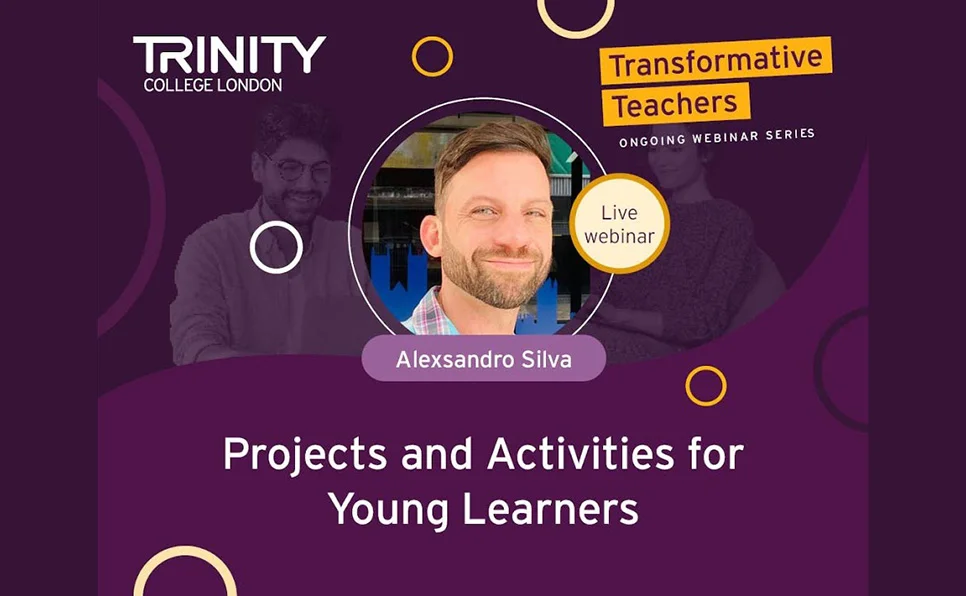The speaker, Miranda Legge, emphasizes that puppets are magical creatures [ 03:06 ] and powerful teaching tools that provide a reason for children to speak English in the classroom. The focus is on the “edupet,” an educational puppet used exclusively by the teacher, who speaks only in English [ 04:09 ].
The reason why the speaker thinks puppets are a powerful teaching tool:
- The Story of Aliche and Mr. Wiggles [ 01:14 ]: Miranda shares an anecdote about a very reluctant student who immediately engaged with a gentle puppet named Mr. Wiggles, showing how puppets attract attention and encourage participation.
The five simple steps to get started are:
- Step 1: How to Choose a Puppet [ 04:31 ]
- It is recommended to start with a slow and gentle/shy puppet [ 04:41 ], like Toby, which gives the teacher time to think and helps create a calm class atmosphere.
- Step 2: Make Your Own Puppet [ 05:54 ]
- You can quickly make one using a clean sock and two ping-pong balls to create a simple puppet, such as Bubbles [ 06:06 ].
- Step 3: How to Bring Your Puppet to Life [ 06:56 ]
- Practice in front of a mirror to refine movements. The puppet should sit down [ 07:54 ] on a surface and be positioned to watch the students [ 08:25 ].
- Create a Puppet Profile [ 08:39 ] (an autobiography with a name, age, likes/dislikes) to prepare answers for student questions.
- Step 4: Teach with Your Puppet [ 09:34 ]
- Always use a “home” (a box or suitcase) for the puppet’s entrance and exit to preserve the element of surprise and magic [ 10:02 ].
- Three Simple Exercises are suggested:
- Questions and Answers (Q&A) [ 10:58 ]: Students ask the puppet questions. For beginners, the puppet can “whisper” the answer to the teacher (puppet whispers) [ 11:32 ].
- Guessing Game [ 12:21 ]: The puppet has a favorite item (color, food), and students guess, reviewing target vocabulary.
- Correcting Mistakes [ 13:41 ]: Have the puppet intentionally make a mistake (e.g., pointing to the wrong color) so students can correct it.
- Step 5: Puppet Skits [ 14:39 ]
- Play a very simple little scene [ 14:48 ] with the puppet and students, such as the example skit with the puppet Bibby [ 15:05 ].
The key takeaway is to start simple, experiment, and have fun [ 17:06 ].


